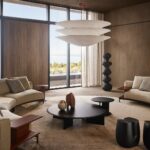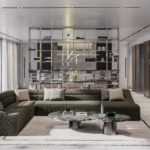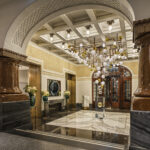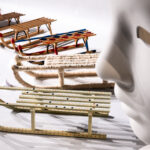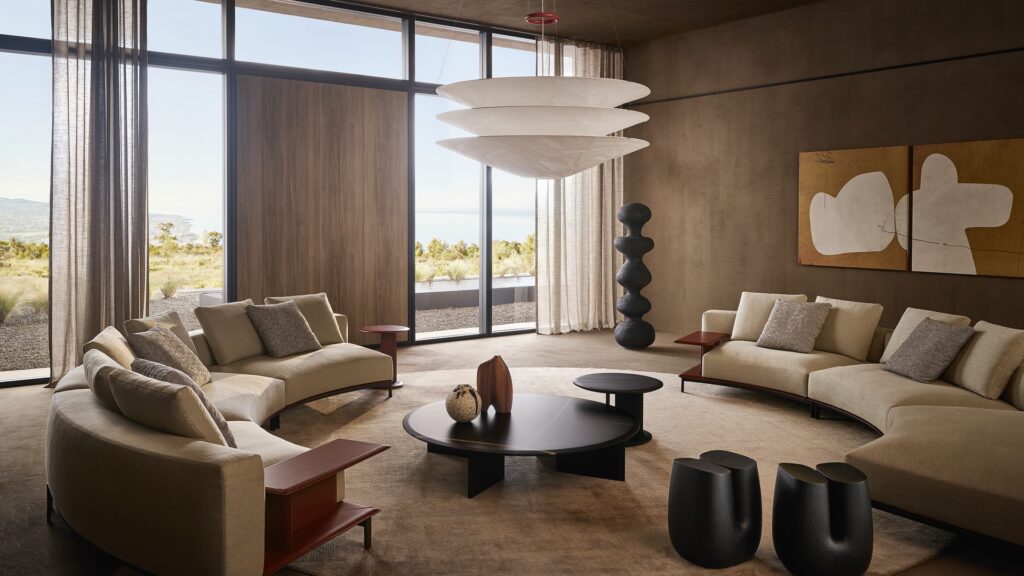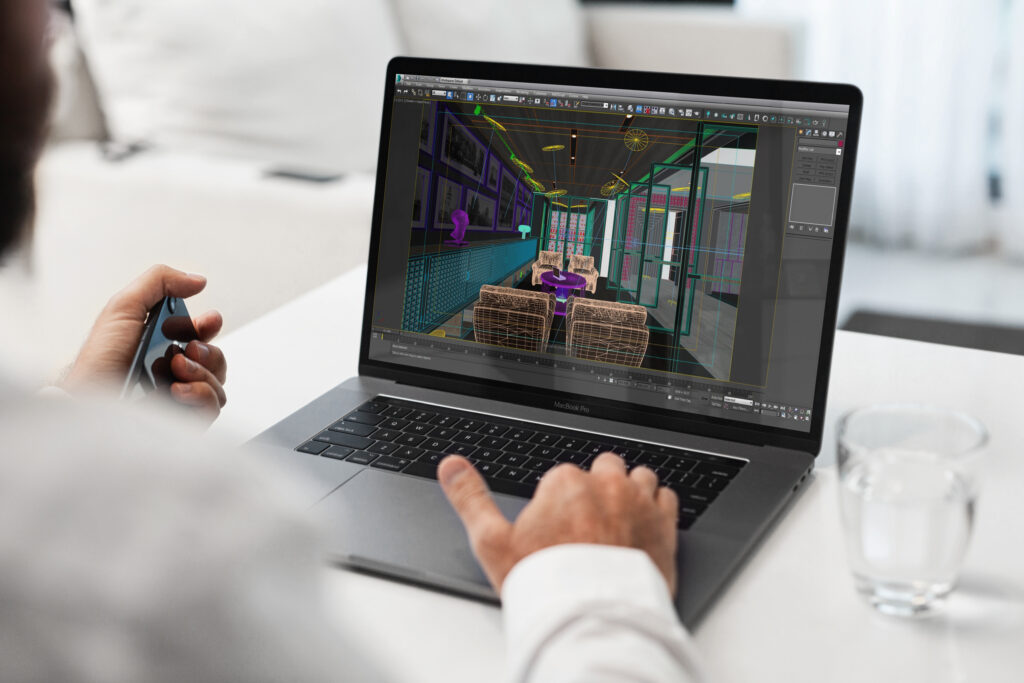Interview with Emmanuel Gallina, French designer and art director with Italian roots, interested in essential shapes and aspects related to production, communication and brands

Emmanuel Gallina’s aim has always been to make essential and harmonious objects.
His approach can be described as a timeless language able to convey a contemporary image, where every detail is keenly studied in order to obtain the perfect blend of shape and function. 10 years after the opening of his Paris-based practice, Emmanuel Gallina looks back at the great road he has traveled.

“At the beginning, there is always a pencil and a notebook to fix the idea, the concept – says Emmanuel Gallina about his personal approach to design. The sketch is always important to express precisely what I have in mind and to be able to discuss it with collaborators and others. Just as the line of my sketches on paper is increasingly fine and precise, also my way of designing is increasingly looking for the essential, the detail that will be the synthesis of thought. I feel very close to natural and noble materials such as wood, leather and marble. I always try to enhance their quality and highlight their organic features. I have also always had a form of respect for the technology used to work them, with a special consideration for traditional processing methods.”

“Contemporary furniture is definitely the sector where I express myself with more ease and passion. Working with celebrities of international design such as Poliform allows me to experiment at a high level and compare myself with the international market. From the product I then started several collaborations as art director that allow me to work with more global concepts but always linked to creativity. Brand image, brand identity, market positioning, product and brand communication.” Among his collaborations we can mention those with Cartier, Panasonic, Accor, Porada, Ampm La Redoute, Burov, Ethimo, Toulemonde Bochart, Manade, Colé, Acre Made in Amazonia.

“I lived half of my life in France and half in Italy. I started my training in French schools of decorative arts, where I acquired a varied know-how – continues on Gallina. Then I relocated to Milan to complete my studies at the Politecnico, where everything was much more theoretical and I learned the history of Italian design and its relationship with the industry. Here I also learned the importance of the company, of the brand and, above all, the soul that is always hidden behind the brand’s identity. Also thanks to the collaboration with Antonio Citterio: I spent 7 years in his studio at the beginning of my career and I learned a lot, in terms of design but also of strategy, business, communication.”
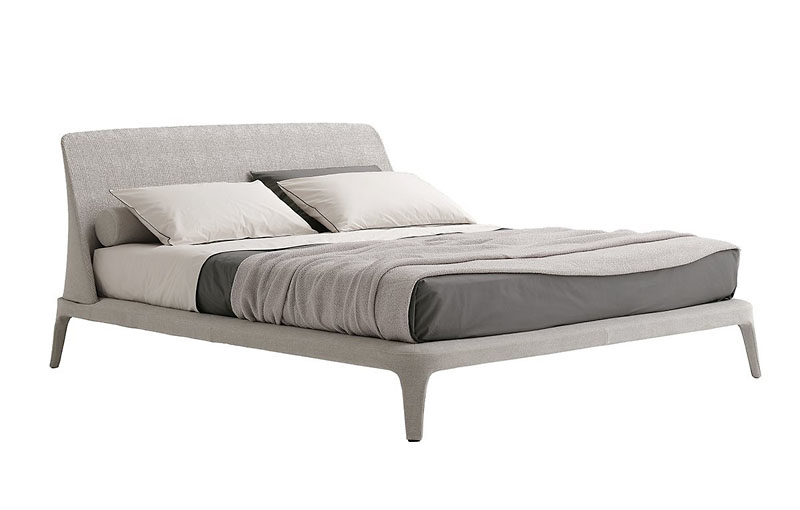
“The projects that have marked my career are the Grace chair and the Concorde table designed for Poliform, which perfectly describe my design approach. The idea was to propose a contemporary lifestyle, a really elegant one, through timeless pieces made with natural, noble and traditional materials and above all worked with respect. Over the years, this concept has developed through an increasingly wider, more mature collection, in line with a strong yet understated identity, which embodies the very identity of the Poliform brand.” [Text Laura Galimberti]
The full article with the interview with Emmanuel Gallina was published in DDN-Design Diffusion News #245, January 2019, in the Carte Blanche section


